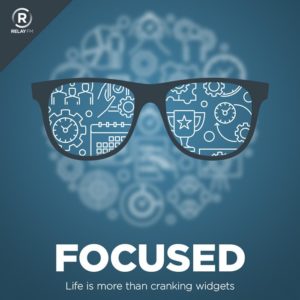I found this video fascinating. Of course, Apple’s testing facility looks like something from a science fiction movie.
An interesting point here is the tradeoff between reliability and repairability. As Apple tries to make its devices more repairable, how does it maintain reliability? This is interesting because an iPhone is not a washing machine. What I mean is that a washing machine should lean toward repairability. Ideally, a 10-year-old washing machine should be something you can repair and keep running. A 10-year-old iPhone, however, is not something you’d want to repair given the rate of advancement in technology (i.e. faster processors, new features, better cameras). There isn’t an easy answer here. Nevertheless, Apple’s space-aged testing lab is worth checking out.


